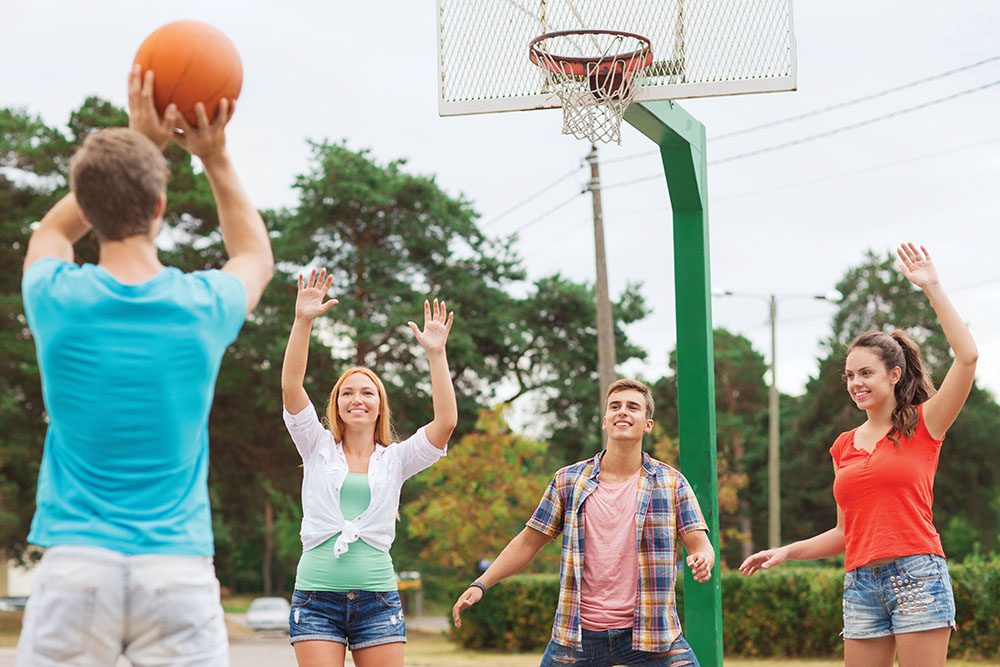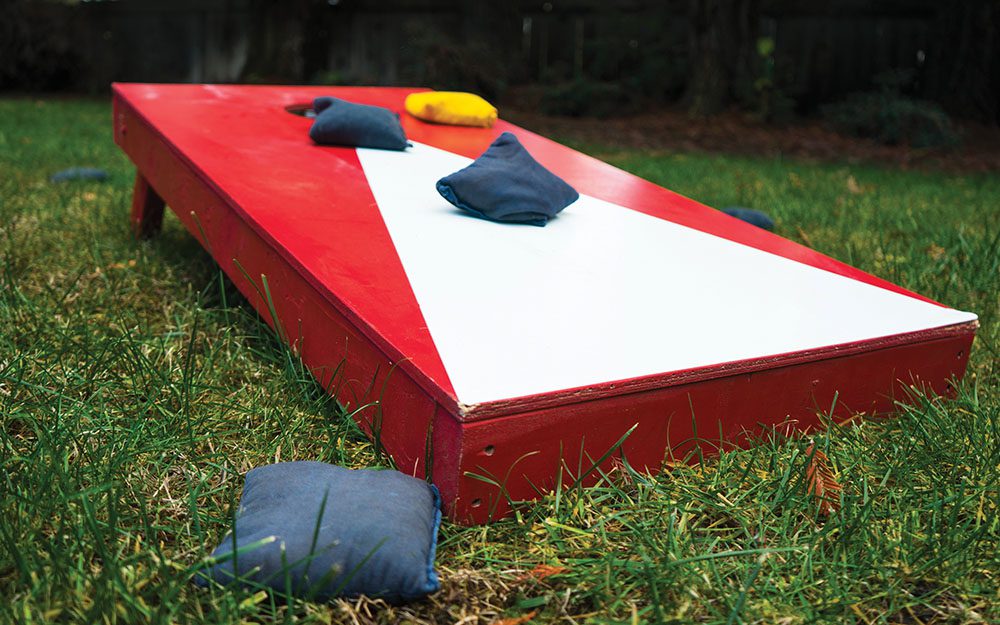At most colleges, “traditional” intramural sports are a lock for high participation numbers. By integrating unique intramural sports, however, you can offer a chance for engagement and skill development.
“With these events, we are trying to offer involvement opportunities that expand outside the realm of the traditional, competitive sports setting, such as football, basketball or baseball,” said Christopher Cox, the associate director of intramural sports at Clemson University.
Unique intramural sports are your secret weapon in increasing participation. Every campus has students intimidated by the inherent competitiveness of sports like football and basketball. But, offering lesser-known games is a way to engage those students.
“You’re pretty safe assuming people want basketball, soccer and football — the numbers in those traditional sports will be high,” said Matt O’Connor, the director of intramural and club sports at the University of Virginia. “It’s really about figuring out what other sports the students might want, because that’s ultimately who we do this for.”
Clemson University and the University of Virginia both aim to create programming that engages all students on campus, and that effort is reflected in their respective unique intramural sports.
Over the Line Softball
“Over the Line Softball is a newly added sport for us — we host it in a tournament format,” said Cox. “We created this sport due to the current lack of facility space designed for actual softball fields. While we’re currently unable to offer full scale softball, we wanted to engage our participants in an event that is somewhat similar, but very fun and unique on its own.”
A variation of softball played on a smaller field, Over the Line Softball moves at a much faster pace than its parent sport. According to the rules, the playing field resembles a pencil standing on its tip, with the batter standing at that point called the “hitting zone.”
The Rules
- Each team has three players.
- On defense, all three can stand anywhere within the playing area.
- The playing area is about 33 feet wide and over 60 feet long.
- The batter gets only one pitch, thrown “soft ball style.”
- Any ball that’s hit and lands on the ground within the playing area counts as a hit.
- Three hits in an inning results in a run.
- If a defensive player catches the ball in the air — in the playing area or foul area — or if the ball lands in the foul area or doesn’t pass “the line” where a pitch is thrown from, the batter is out.
- Each team gets one out per inning.
A condensed version of softball, this game uses very little space and equipment. However, some students had to retrain a few of their softball and baseball instincts.
“Our biggest challenge in introducing this new event was educating participants on how to play,” said Cox. “[When it started] we hosted optional midday clinics for anyone interested in learning how to play and participating in tutorials ahead of the sport season to help offset the challenge.”
This unique intramural sport has gained quite a following at Clemson. “This sport is hosted on a smaller scale than sports such as football and basketball, but we typically see around 15 teams per tournament,” said Cox.
Three-Point Contest

While isolating a specific component from basketball into a smaller game might not technically qualify as a “unique intramural sport,” this particular competition at the University of Virginia is special because of the reward for the winners.
“What makes the contest unique is we crown an intramural champion and the top three shooters — in both our men’s and women’s divisions — get to compete for the halftime show at a Virginia varsity basketball game,” said O’Connor. “It’s a partnership with our athletics department, and depending on what order they finish in, they get a certain prize from the athletics department.”
The event has been going on for several years now and is a staple of Virginia’s campus rec programming because of its popularity. “We were getting to the point where we were up over 100 shooters, somewhere between 100 and 150 participating,” said O’Connor. “Beginning last year, we had to split up the group over two days.”
EXTRA CREDIT: Here are a few creative festival and competition ideas rec departments are using to bring students together.
With the growing popularity of the three-point contest, Virginia’s campus rec and athletic departments are exploring more opportunities to pair intramurals and university sports.
“We’re under the athletic department at Virginia. So, the folks on the athletic side of the world are always looking for partnerships with us,” said O’Connor. “The three-point contest was born of that collaboration.”
While it seems only appealing to avid basketball players, O’Connor and his staff have seen the three-point shootout also draw the interest of casual players or even students who’ve hardly picked up a basketball.
“It’s not just diehard basketball players who want to do it,” said O’Connor. “We’ve got people who just know there’s a chance to shoot in the contest at halftime of a basketball game, so they’ll try it. Some people do great; some people look like they haven’t shot a ball before. But the cool thing about it is we get all ability levels to participate.”
One-Day Tournaments
Both Clemson and Virginia host special, one-day tournaments for students to participate in. These tournaments give students a more relaxing sports setting on a Friday afternoon.
“Corn hole and Spikeball are big [on college campuses] — you can drive around town here and see people carrying Spikeball nets on their backpacks,” said O’Connor. “It’s something popular we wanted to capitalize on, and it’s been pretty successful.”
Sometimes, students could miss out on playing bigger sports if they couldn’t get on a team before registration closed. So, one-day tournaments can serve as their chance to experience intramural sports. Cox said their traditional intramurals often max out within hours of opening registration.

Encouraging Participation
The purpose of every intramural sport, traditional or unique, is to engage students and encourage them to develop relationships and life skills through sports participation.
If you feel your programs could be reaching even more students, consider implementing some unique intramural sports. Or, you could always invent your own.
“It’s about figuring out what the population wants, and if it’s feasible, putting it on the schedule,” said O’Connor. “If it works, great. And if it doesn’t, see if you can tweak it. Then if it still doesn’t work, just move on. I don’t think there will be a lack of ideas coming from participants.”










